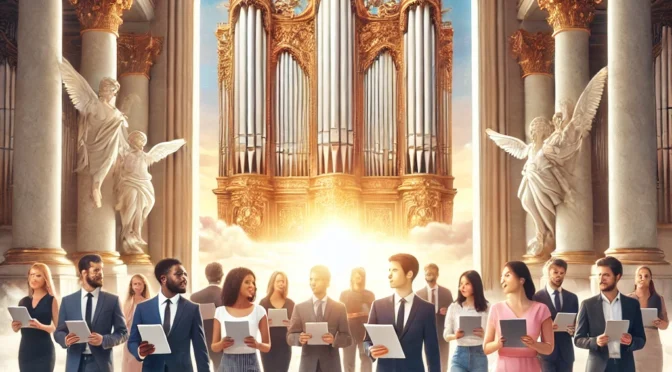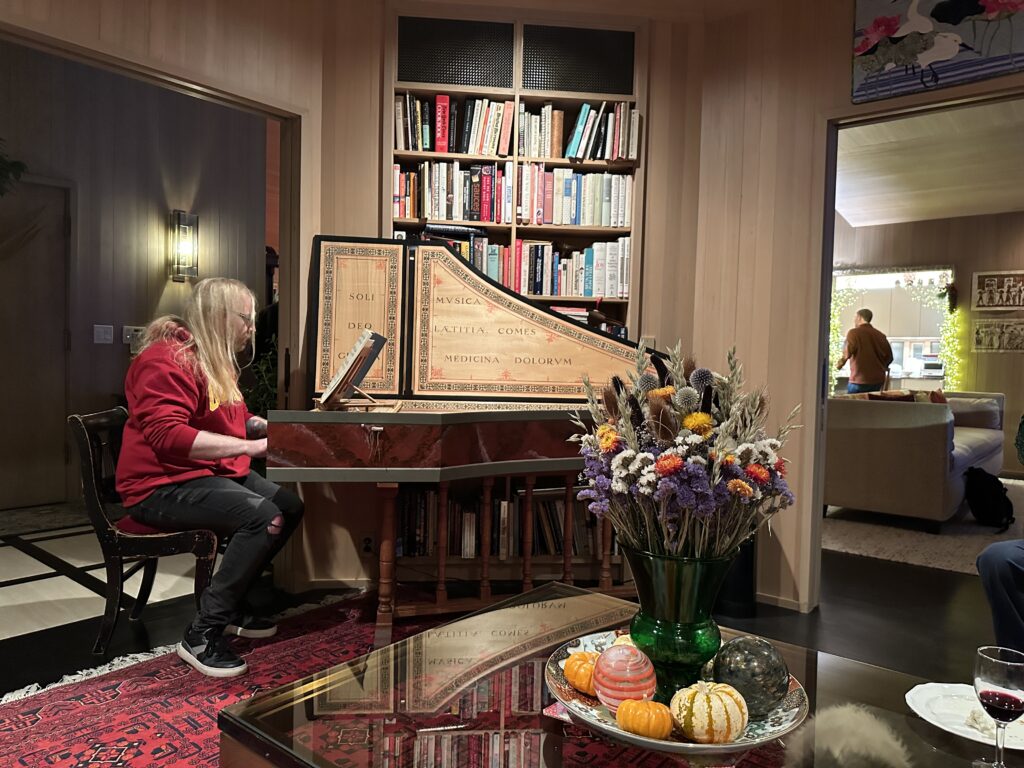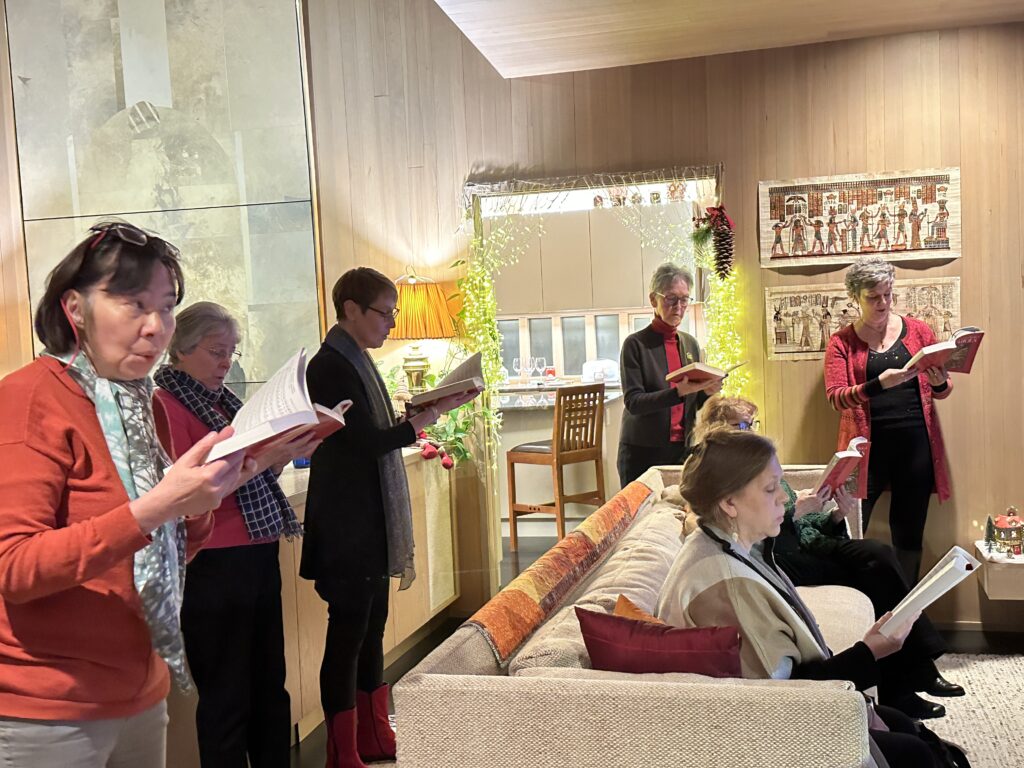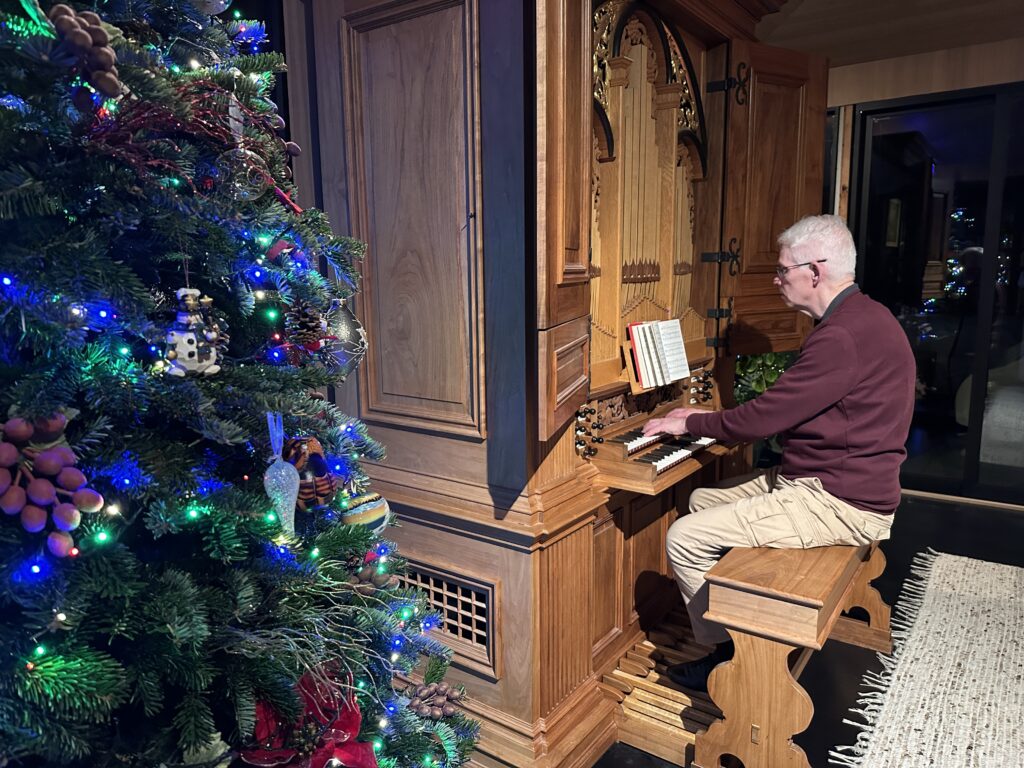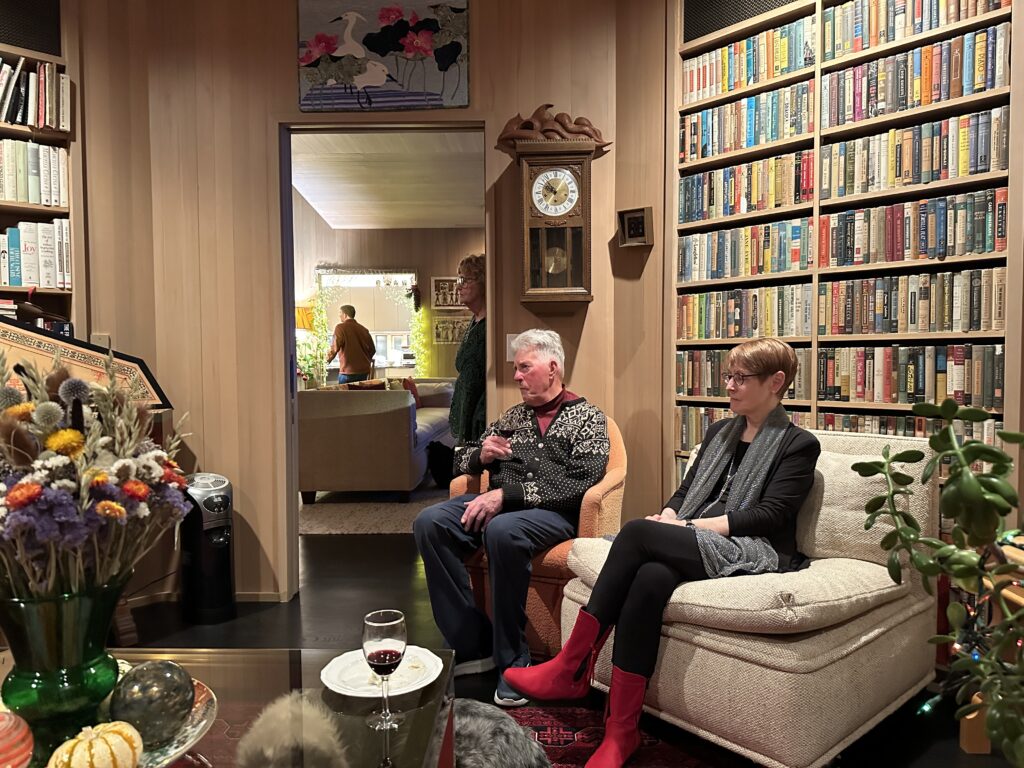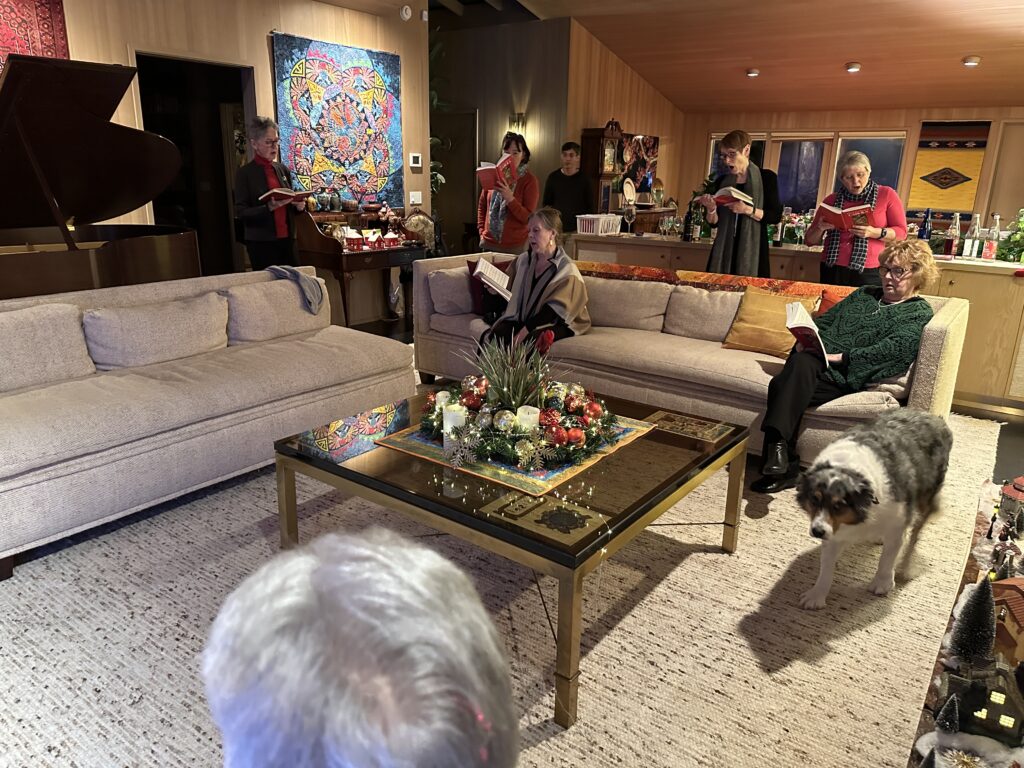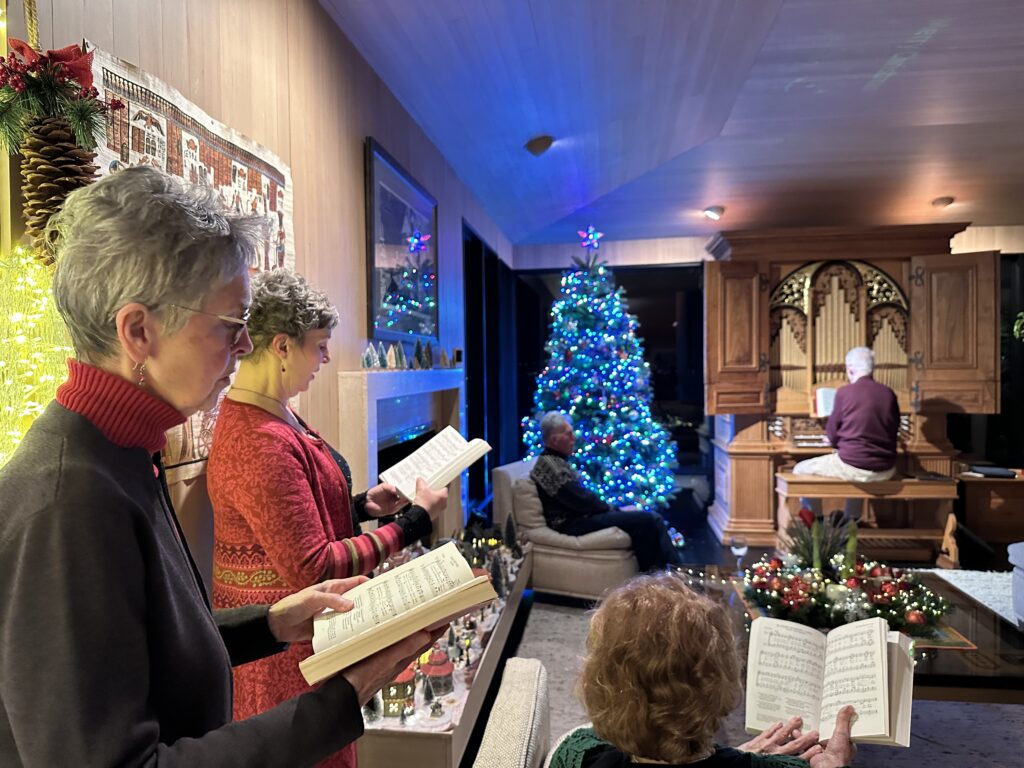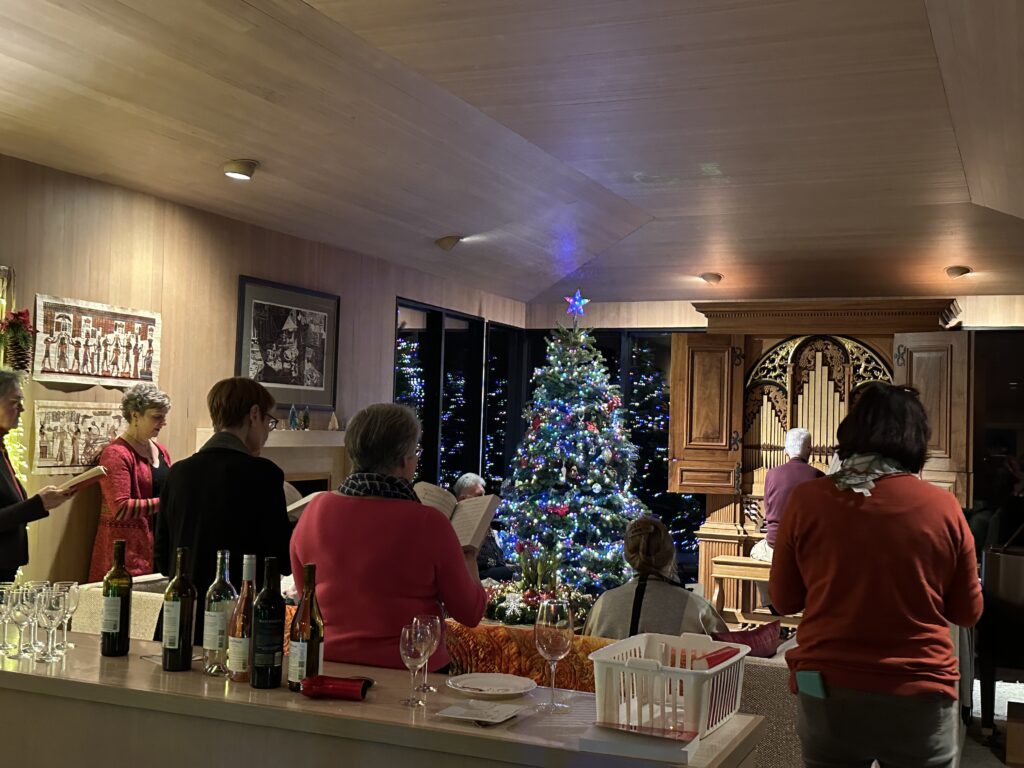On February 17, 2025, Tacoma AGO members gathered in a classroom at the University of Puget Sound to hear a presentation on how to use a tablet as a music reader.

Chapter Secretary Thomas Clark used his presentation to show what hardware and software are available. Then, using musical examples, he showed how to create PDF files from music, and how to evaluate files available on IMSLP.org. Finally, using MobileSheets as an example reader, the group learned about the features available in score reading applications, and how to leverage them to enhance musicality when playing.
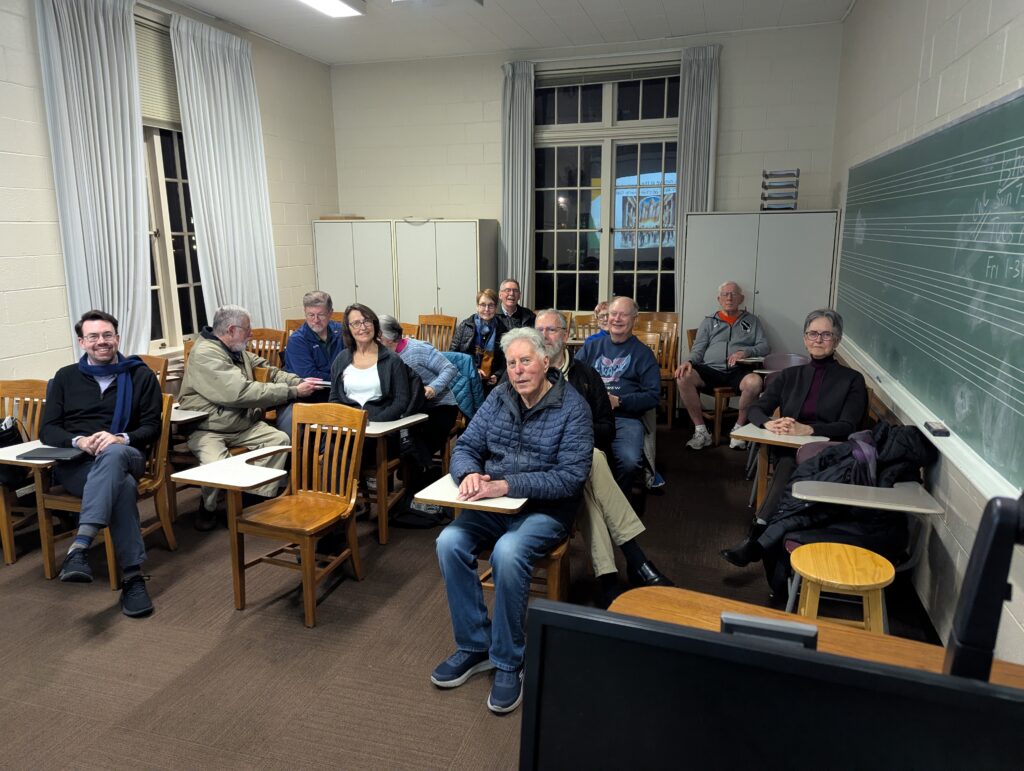
A PDF file of the presentation is included below. Much of the information in the talk was conveyed orally, and is not included in the PDF file. The file will be most useful to those who were present.

